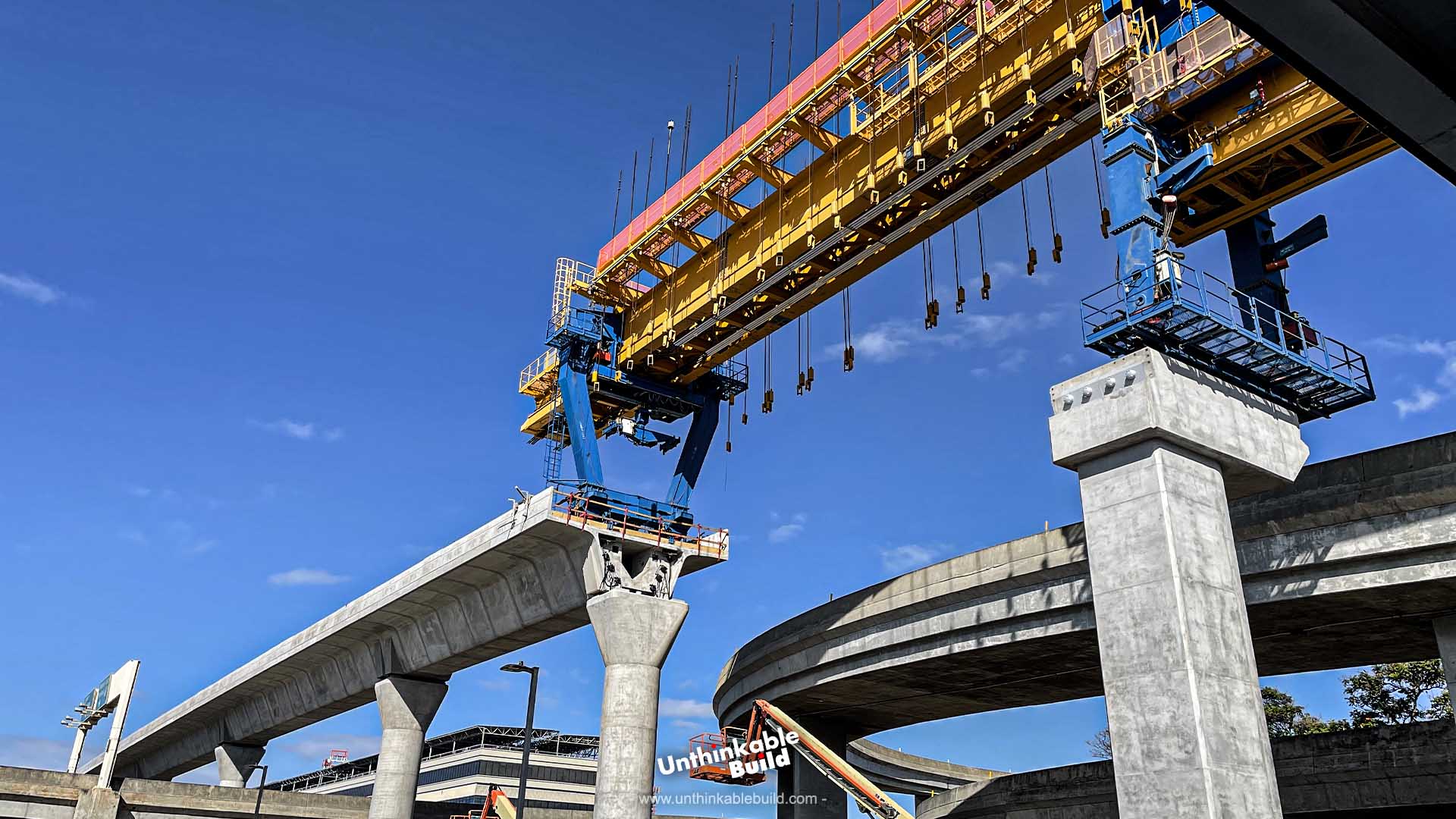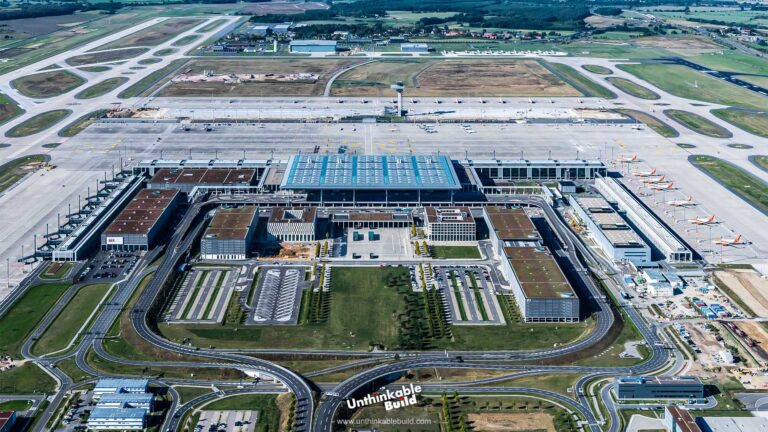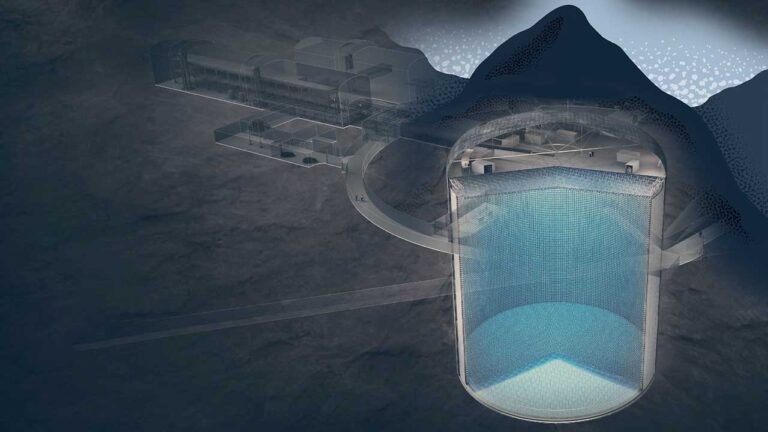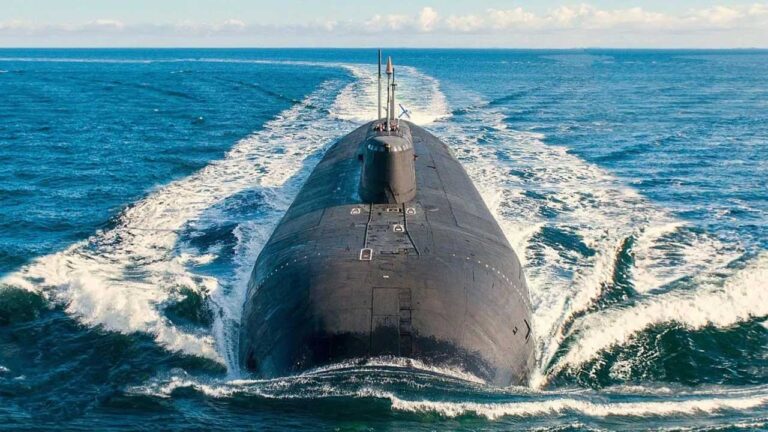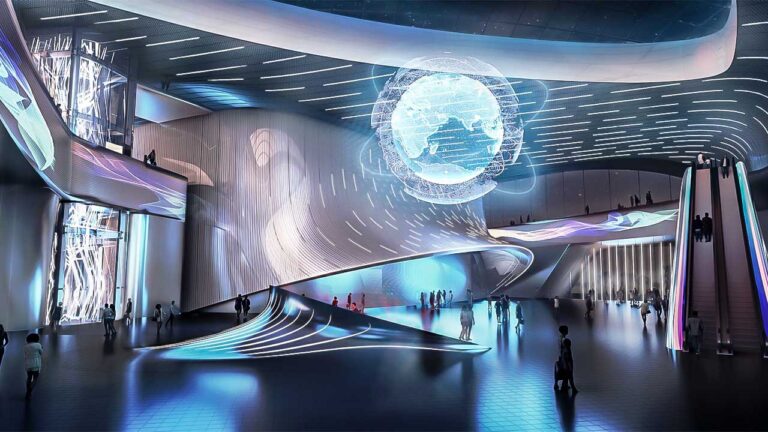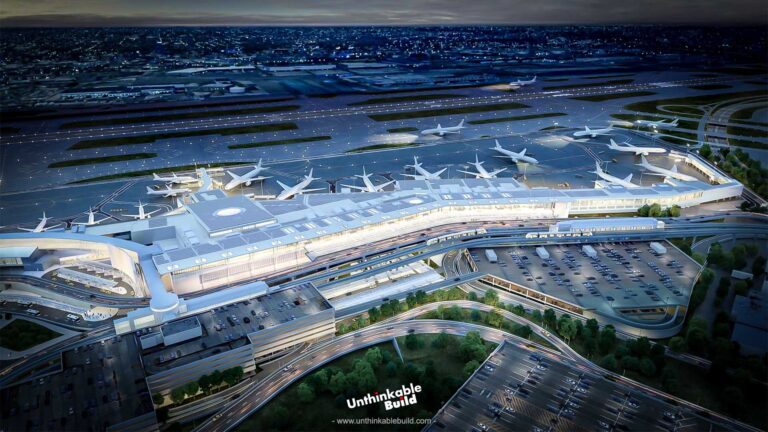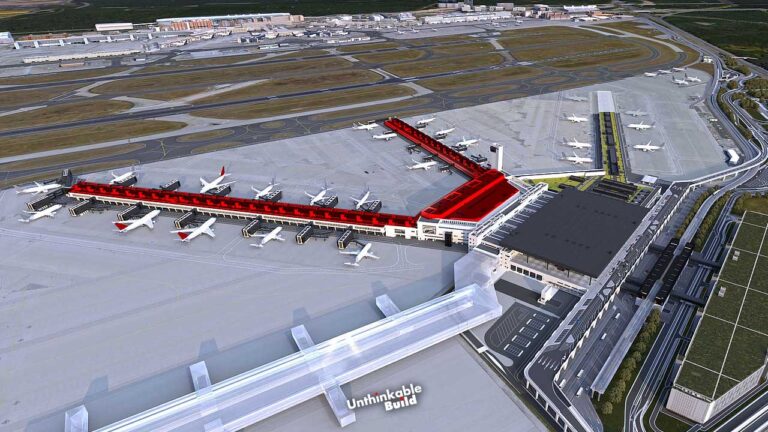Hawaii’s $12.4 Billion Transport Dream: What Went Wrong?
Hawaii’s infrastructure, built at a time when the population was much smaller, is now struggling to keep up with the needs of a modern, bustling island state. That’s where the Skyline Honolulu Rail Transit project comes in—a visionary $10 billion effort to change the way people get around the Island of Oahu.
The Skyline is fully autonomous and driverless mass transit system. It’s a promise to relieve the daily grind of traffic and offer a smoother, quicker alternative to the current stressful commutes. Initially expected to cost around $5 billion and be ready by 2020, The Skyline has faced its fair share of setbacks, but the hope it brings for better days ahead keeps the project moving forward.
Hawaii’s natural beauty, with its lush forests and towering volcanic peaks, attracts travelers from every corner of the globe. However, navigating this paradise isn’t always easy and getting from one place to another can be quite a challenge.
The 30.4-kilometer long Skyline project in Hawaii is more than just a transit system. This elevated rail line project is set to bring a range of benefits to the people of Honolulu. The Skyline is going to make a big difference in cutting down traffic congestion. By offering a convenient and efficient way to get around, The Skyline encourages residents of Honolulu to leave their cars at home and hop on the Skyline instead.
Honolulu, once known for having some of the worst traffic in Hawaii, has seen its situation get a little better. But even so, clogging is still a part of daily life, particularly during peak hours. The way the roads of Honolulu are designed doesn’t help much either. Four-way intersections with multiple lanes and short entrance ramps onto highways can create frustrating blockage that slow everyone down.
Also Read: Dogger Bank Wind Farm Will Power 6 Million Homes in the UK
While Honolulu often gets the spotlight for its traffic woes, the neighboring islands aren’t immune either. Maui’s famous Road to Hana is a scenic route that can get pretty jammed up, especially when it transforms into sea of cars, crowded with both locals and tourists in rental cars.
The $10 billion Honolulu Rail Transit project, known as Skyline, promises to improve connectivity across the island. Whether you’re heading from East Kapolei to Aloha Stadium or making your way to Downtown Honolulu, the Skyline makes it easy to travel between neighborhoods and business hubs, simplifying your journey around the city.
The project started with a budget of $5.2 billion, aiming to complete a 32-kilometer rail line with 21 stations in 2020. However, it faced unexpected challenges, from budget overruns to delays, pushing the cost to around $12.4 billion. This game-changer project for the island’s transportation landscape is a first fully automated, driverless urban light metro system in the U.S., stretches across 30.4 kilometers along Oʻahu’s scenic south shore, with 19 stations connecting key locations.
The Skyline project starts from rapidly growing suburban area of East Kapolei, winding westward through the communities of ʻEwa and Waipahu. It follows the H1 freeway but is elevated above the traffic congestions below, that offers a smoother ride. From there, it travels through Pearl City, crosses over the historic Pearl Harbor area, and finally arrives in downtown Honolulu. This route was considerately planned to connect important residential neighborhoods with major job centers, all with the goal of reducing traffic jams on the island’s busiest roads.
Given Hawaii’s varied landscape, building an elevated rail system turned out to be the wise option. This design allows the rail line to glide above the island’s diverse terrain, from through bustling cities, lush valleys, to coastal areas without the need for major tunneling or disturbing existing infrastructure.
The Skyline rail transit system is set to transform travel on the south shore of Oʻahu with its 19 stations stretching over 30.4 kilometers. It all starts at Kualaka‘I in East Kapolei, and the journey continues through the bustling Daniel K. Inouye International Airport and ending at Ka’ākaukukui. These stations are placed to cater to key residential, commercial, and industrial areas of the Island. They’re designed with cutting edge features that also include elevators, escalators, and real-time information displays to make travel as smooth and efficient as possible.
The driverless trains are managed by a central system that keeps everything running smoothly. This system continuously monitors and adjusts speed, braking, and route alignment in real time, ensuring a safe and efficient journey.
The elevated tracks of Skyline are supported by pre-cast concrete segmental bridges, with each segment weighing around 50 tons. The construction process of the project involves a technique using a twin unslung girder system, which is like a high-tech trolley that moves along parallel beams, carrying and placing these substantial concrete segments with precision. Cranes lift each segment into position, and they are carefully aligned and bonded together with strong adhesives.
This method not only ensures that the track fits together perfectly, creating a smooth and steady ride for the trains, but it also speeds up construction and minimizes the impact on the environment and local communities.
The elevated design of Skyline not only keeps the rail line above the bustling streets but also frees up space underneath for extra features. This area can be used for pedestrian walkways, bike lanes, and even some green spaces.
The Skyline rail transit system is designed with a host of features to ensure it stands strong in the face of natural disasters. The project incorporates advanced engineering techniques that help absorb and dispel seismic energy. Moreover, by elevating the track and stations, the Skyline project is safeguarded from the rising waters that often affect coastal areas. Additionally, the use of durable materials that resist corrosion from the harsh marine environment helps the system endure the test of time.
The Skyline project also has well-developed emergency response plans, ensuring that it’s ready to handle any natural disaster that might come its way. Together, these features make the whole system a dependable and resilient choice for all-weather transportation.
The Skyline rail transit project is designed with a strong dedication to ecological preservation. One of its primary goals is to reduce greenhouse gas emissions by providing a cleaner alternative to car travel, helping to lower the overall carbon footprint. The system is crafted to be energy-efficient, with an emphasis on utilizing renewable energy sources whenever possible.
Preserving natural habitats is also a key focus of this project. The Skyline route has been carefully planned to avoid disrupting sensitive areas, protecting local ecosystems along the way. These combined efforts make the Skyline rail transit system not only an improvement for urban mobility but also a meaningful contribution to environmental conservation.
Also Read: The Biggest Failed Megaprojects Around the World
The first segment of this fully autonomous mass transit system was opened on June 30, 2023, offering a 17.4 kilometers route that connects East Kapolei on the ʻEwa Plain to Aloha Stadium with an average speed of 48-kilometers an hour. This section of the line is almost entirely elevated, with a brief stretch at ground level near Leeward Community College.
Looking ahead, Phase 2 is expected to be ready by late 2025 that will expand the route to include important stops like Pearl Harbor and Daniel K. Inouye International Airport, eventually reaching Middle Street.
The final phase of Skyline Rail Transit project, which is set to open in 2031, will take the Skyline right through Urban Honolulu and into Downtown. When completed, the entire line will span 30.4 kilometers, marking it as the largest public works project in Hawaii’s history.
What really sets the Skyline apart is its cutting-edge design, featuring platform screen doors and driverless trains — an innovative touch that brings a heightened sense of modernity to public transit in the U.S.
Projects like Skyline not only encourage us to use public transport more often but also save valuable time while making a support for environmental health.

